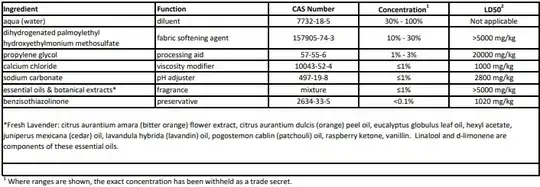One of my neighbors raised the topic of toxins in the dryer effluence from our buildings' laundry rooms. That's not particularly surprising, but she claimed there was evidence that the trace toxins in the air are dangerous. It sounded just plausible enough to to possible, especially given the volume of laundry done, but, given the source, I decided to check into it before I worried.
Turns out there are plenty of examples of people claiming this is a serious health hazard:
- Holistic Help: Chemicals Found in Dryer Exhaust and There (sic) Toxicology
- Mercola: The Household Appliance that Releases 600 Potentially Dangerous Chemicals into the Air
- Natural Life Magazine: Are Soft Clothes Really Worth It?
- One Christian Ministry: Clothes Dryer Vent Exhaust Poisoning USA Neighborhoods, Families, Children
- Invisible Disabilities: Why Fragrance Free?
The only basis for most of which seems to be, when they bother to cite a source, this 2011 study, Chemical emissions from residential dryer vents during use of fragranced laundry products which did find toxins (again, not surprising). According to the press release, they went so far as to call dryer effluence a pollutant. There's also this older EPA study cited by the Invisible Disabilities article.
What I haven't seen is anything which says these emissions are actually dangerous to people in the concentrations that are actually present. Most of this seems like a lot of overreaching and overreacting, but I'd like to know more if there is more to know.
